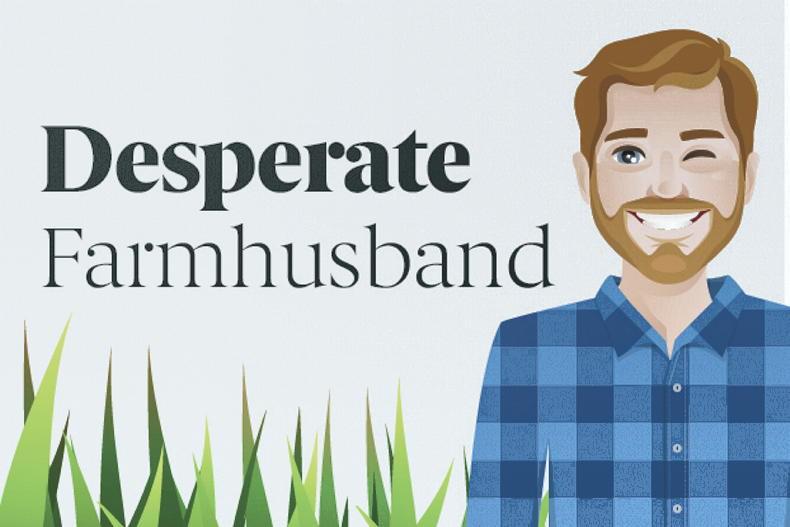As humans, I think it’s fair to say that we dislike pain. If given a choice, we would rather not deal with uncomfortable sensations, feelings and emotions at all, even though they are a natural component of life.
As a society, we seem to have an aversion to even the thought of being uncomfortable. The first instinct for many is to reach for the medicine cabinet, even in anticipation of a physical pain, such as a headache.
In terms of emotional pain, the instinct can be to turn away from those uncomfortable sensations, deny their existence and carry on with life without mentioning the elephant in the room. But unprocessed emotions, feelings and sensations have a way of resurfacing elsewhere.
We can only truly let things go by deciding to do so and in order to decide to let something go, we must first give it our full attention, and turn towards it, even if daunting. It is important to stress, however, that paying attention to any sort of pain includes making intelligent decisions about proper medical attention. The work of mindfulness needs to be carried out in conjunction with the medical treatment that may or may not be required to relieve pain.
In terms of physical pain, it is through the process of trying to become fully aware of the actual pain that we learn to decipher between what is our pain and what is our suffering. Usually we do not make a distinction but there are very important differences. Pain is a natural part of life while suffering is one of many possible responses to pain. Suffering can come out of either physical or emotional pain. It involves our thoughts and emotions and how they frame our experiences. Suffering, too, is perfectly natural but it is only one response to pain. It’s not the only response and it is through choosing a mindful response to pain that you might find your suffering lessens and thereby your overall experience of pain lessens too.
There is an old adage that pain is unavoidable in life, whereas suffering is optional. Now, that is not to disregard the thousands of people in Ireland attempting to live with acute or chronic pain. Their situation – and their suffering – is very real and if I was to talk about cultivating a mindfulness routine to help deal with these experiences, it is important to keep two things at the forefront of the mind:
1. You are not alone.
2. Learning to live with pain that will not abate or easily go away is possible.
Living with pain is a process and it is possible to use this process to help you live with pain and lessen, if not completely eradicate, your suffering. This takes time and daily dedication, but what in this life is worthwhile that doesn’t take commitment and practice?
Physical Exercise
This is a breath work exercise, particularly suited for days when you are feeling tired or temporarily lacking in energy or motivation due to your experience of pain.
Firstly, inhale and bring your arms above the head. If you can’t get them above your head today, bring them up as high as you can in front of you as you inhale through the nose. Then exhale sharply through the mouth as you simultaneously bring your arms down by your side again, bending the elbows as you do so and forming the hands in fists. If you would like to make a sound on the exhale, it can be really liberating to do this.
To begin with, try two or three breaths as often in your day as you find helpful, especially when you feel yourself approaching or already in a slump.
Mindfulness Exercise
Find a quiet place to sit or lie down. Make yourself comfortable and ensure that for the next 20 minutes, you will not be disturbed.
What I suggest next you might initially find difficult to comprehend and uncomfortable to carry out, but just try turning towards your pain and discomfort. Acknowledge it and try to become aware of the full sensation of pain in your body.
Now, I know that might be the last thing you want to do but often what happens in our lives is that a lot of our suffering comes from our thoughts surrounding our experience of pain as much as the actual pain itself.
There is no right way to do this work. You might find it helpful to just sit and watch your thoughts, bearing in mind that sometimes those thoughts are so powerful they will drag you far away from your space in that room, into the past or the future, into a place where you feel frustrated with this process, a place in your mind where you are not noticing your pain.
When you become aware that your mind has wandered off task, try bringing your awareness and attention back to the feeling of pain in your body. Try to name it if you can (hot, achy, throbbing etc) and keep an eye on other feelings that enter your mind too (eg “this isn’t working” ,“I wish I wasn’t in pain”, “why me?” etc)
Each time you notice yourself having these or similar thoughts, try to remind yourself that they are thoughts – not facts – and they are also not the actual pain. It’s difficult, but redirect your focus to the sensations of actual pain.
You might find it more helpful to write down your thoughts initially and at a later time go back over them and identify how many of the thoughts were pertaining to the actual sensation of pain and how many of your thoughts were pertaining to your response to the physical pain, ie your suffering.
You may just discover there is a huge difference between pain and suffering and, as a result, pain and your relationship to it may change.
You have nothing to lose and potentially much to gain in your continued cultivation of mindfulness.
Something to Ponder
Imagine that each time a bad event happens, an arrow is shot in your direction, which symbolises the event that causes pain. For example, if I’m hanging a picture and I hit my thumb with the hammer and it hurts like crazy, this is the first arrow.
Imagine then that I shout and roar and give out to myself for being so stupid and uncoordinated or wondering why I had to do it in the first place? I might even go one step further and become angry with my husband for not doing it!
That could even cause an argument, releasing that second arrow, hitting myself and my husband. And the pain of the second arrow can stick around long after the throbbing from the first arrow has ceased.
In cases like this, it is always helpful to ask: do I need to shoot that second arrow?









SHARING OPTIONS